Parc Hwangseong
6.5Km 2013-01-29
79-41 Yongdam-ro, Gyeongju-si, Gyeonsangbuk-do
Capitale millénaire du royaume de Silla, la ville de Gyeongju regorge de monuments historiques inscrits au patrimoine culturel mondial de l’UNESCO. Il suffit d’y creuser la terre pour y trouver des reliques de la période Silla. Le parc Hwangseong est l’endroit rêvé pour se reposer au milieu d’une longue promenade d’exploration historique. Situé au nord de Gyeongju, le parc Hwangseong était autrefois utilisé comme terrain d’entraînement par les hwarang (guerriers bouddhistes). Le parc, entièrement entouré par les bois, abrite un terrain de sport public, la pagoce Chunghon, une statue du générale Kim Yu-shin de 16 m de haut et d’une stèle d’un poème. Le festival culturel de Silla y est organisé tous les deux ans au début du mois d’octobre.
Myeongdong Kalguksu (명동칼국수)
6.5Km 2020-06-12
46-4, Yongdam-ro, Gyeongju-si, Gyeongsangbuk-do
+82-54-773-7068
Myeongdong Kalguksu serves top-grade food made with the freshest ingredients. Visitors can try kalguksu and various mandu dishes in a cozy atmosphere.
Gyeongju Soohojeong [Korea Quality] / 경주수호정 [한국관광 품질인증]
6.5Km 2020-09-08
15-15, Poseok-ro 1068beon-gil, Gyeongju-si, Gyeongsangbuk-do
+82-10-2379-7248
Gyeongju Suhojeong, located in front of the Gyeongju Daereungwon, is a Hanok guesthouse in a ㄱ shape. The traditional house was built in 2015 in accordance with traditional architecture using natural materials such as pine tree, red clay, straw, and others; thus, it is cool in summer and warm in winter. Planted along the wall next to the door are Korean hornbeams, top trees, maple trees, and elm trees. The climbing roses on the wall bloom in May and offer a great sight. The spacious yard with a stone table is a great place to chat with fellow guests. There are seven rooms in total and a cafeteria which doubles as a lounge. Each room with a bathroom has modern facilities that suit traditional beauty. Gyeongju Station and Gyeongju Intercity Bus Terminal are only five minutes away on foot, making the trip to the guesthouse by public transport easy. Sitting right next to the Hwangridangil Street, the accommodation offers great access to popular restaurants and fashion places of Gyeongju, and to major tourist attractions such as Daereungwon, Cheomseongdae, Balwolseong, Anjapji, and Gyochon Village.
Hwangnamguan [Korea Quality] / 주식회사 황남관 [한국관광 품질인증]
6.6Km 2023-04-13
1038, Poseok-ro, Gyeongju-si, Gyeongsangbuk-do
+82-10-3518-4582
Located in Gyeongju City, Hwangnamgwan is a traditional Korean style accommodation which opened in April 2014. The place looks like a small hanok village with 4 one-story buildings and 2 two-story buildings, constructed on about 5000㎡ of building site. The buildings are equipped with modern convenience facilities but manage to preserve the antique flavor of traditional Korean house. All rooms are equipped with a bathroom. A bathtub is installed in the largest room, Numaru Suite. Auxiliary facilities include the seminar room which is located in the two-story building. There are a cafe and a pizza restaurant on the first floor for meetings or simple meals. Guests are given discount coupons for the cafe.
Various traditional plays can be enjoyed in the hanok. It is possible to take photos with the beautiful Hwangnamgwan building in the background wearing traditional Korean clothes. You can also play Neolttwigi, Tuho, and Jegichagi in the wide yard and experience twisting legs, bastinado, turning the millstone, fulling, Pogurak (dancing play), etc. which have appeared on TV dramas. It is possible to receive discounted services at nearby affiliated facilities: 50% discount at Spalux Jjimjilbang, Kids Cafe, and Sport Town Bowling Center. Famous tourist attractions such as Cheonmachong Tomb, Cheomseongdae Observatory, and Banwolseong Fortress are within walking distance; and the National Gyeongju Museum and Gyeongju World Culture Expo Park are likewise not far from Hwangnamgwan.
Gyeongju Oreung (경주 오릉)
6.7Km 2020-05-12
38-9, Geumseong-ro, Gyeongju-si, Gyeongsangbuk-do
+82-54-779-6100
Le monument historique n°172, dénommé
'Oreung' renvoit aux 5 tombes royales. Il s'agit des tombes des quatres premiers
rois de Silla qui portent le nom de "Bak" et de la femme de Bakhyeokgeose,
le premier roi de Silla. A l'est d'Oreung se trouve "Sungdeokjeon"
et derrière ce monument se trouve "Aryeongjeong".
Gyeongju Oreung Hanok [Korea Quality] / 경주오릉한옥 [한국관광 품질인증/Korea Quality]
6.7Km 2023-04-13
12-17, Gukdang 2-gil, Gyeongju-si, Gyeongsangbuk-do
This hanok (traditional Korean house) guesthouse is located right across from the Five Royal Tombs in Gyeongju. Because there are no obstructions on the way, the guesthouse enjoys a remarkable view of the ancient city. Located about 2.5 km from Gyeongju Intercity Bus Termina and about 2 km from Gyeongju Historic Areas, this guesthouse has a dignified yet comfortable atmosphere.
It is run by a mother-and-daughter team, whose attention to detail and care can be felt tangibly in the comfortably furnished rooms: well-maintained lawn and trees, double doors that help to prevent drafts and noises, and clean white bedding appreciated by many visitors. Rooms with ondol (under-the-floor heating system) are ideal for two. From walls covered by traditional Korean paper to clean and comfortable bedding, the room exudes comfort. A raised floor space in front of the room is a great place to see the scenery and a great place for photography.
Another strength of Gyeongju Oreung Hanok guesthouse is its accessibility. Hwangnidan-gil Street, a bustling street full of restaurants and cafes, is only a 15-min walk away, while Gyeongju’s famous sights such as Cheomseongdae Observatory, Daereungwon Ancient Tomb Complex, Donggung Palace and Wolji Pond, and Gyeongju National Museum are only a 10-min drive away.
Marché Jungang de Gyeongju (경주 중앙시장)
6.8Km 2025-03-26
295, Geumseong-ro, Gyeongju-si, Gyeongsangbuk-do
+82-54-743-3696
Le
marché Jungang qui a une histoire de 100 ans, était dirigé
en tant que marché temporaire et a ouvert ses portes officiellement en
1983. Aujourd'hui, plus de 700 boutiques de vêtements, légumes,
ustentiels ménagers etc et environ 2 000 marchands préserve également
la tradition du Oiljang(marché traditionnel ouvert tous les 5 jours)
tous les jours où il y a un 2 ou 7 dans la date.
Festival Culturel de Silla (신라문화제&경주떡과술잔치 2013)
6.8Km 2022-09-15
1022 Hwangseong-dong Gyeongju-si Gyeongsangbuk-do
Ligne Info Tourisme Corée : +82-2-1330 Office du tourisme de Gyeongju 054-772-3843 Plus d'info 054-748-7721
Ce festival culturel célèbre la culture et l’histoire de la Dynastie Silla ayant régné de -57 à 935. Il se situe à Gyeongju, ancienne capitale de cette dynastie pendant presque 1000 ans. Cette ville est actuellement un site historique et touristique majeur de la Corée.
Le festival uni les habitants et créé une atmosphère active à travers des programmes comme le gâteau de riz de Gyeongju et le festival des boissons traditionnelles.
Temple Bulguksa [Patrimoine Mondial de l’UNESCO] (경주 불국사)
6.8Km 2025-03-27
385, Bulguk-ro, Gyeongju-si, Gyeongsangbuk-do
+82-54-746-9913
Le temple de Bulguksa et la grotte de Seokguram, situés à mi-chemin du mont Toham (745 m), qui "avale et recrache les nuages", sont au cœur de la brillante culture bouddhique de Silla. Ils ont été construits en la 15e année du règne du roi Beopheung de Silla, conformément au souhait de sa mère, pour assurer la stabilité du pays et la paix du peuple. Par la suite, en la 10e année du règne du roi Gyeongdeok de Silla (751), le ministre Kim Daeseong a reconstruit le temple et a renouvelé son apparence.
Après cela, durant la guerre Imjin, les bâtiments ainsi que des trésors précieux ont été presque totalement brûlés ou pillés. Avant 1920, seuls quelques bâtiments et pagodes étaient restés en ruine, mais grâce à de continus efforts de restauration et de reconstruction, le temple a acquis son statut actuel de grand temple, abritant sept trésors nationaux. En grimpant environ 3 km le long de la crête de la montagne (et 9 km par la route asphaltée menant à la grotte), on arrive à la célèbre grotte de Seokguram, connue pour abriter la statue du Bouddha assis, considérée comme un chef-d'œuvre de l'Orient, faisant face à la mer de l'Est.
Le temple de Bulguksa et la grotte de Seokguram ont été officiellement inscrits au patrimoine mondial de l'UNESCO le 6 décembre 1995, aux côtés du hall des écritures de Haeinsa et du sanctuaire royal de Jongmyo, ce qui les a rendus encore plus célèbres sur la scène internationale.

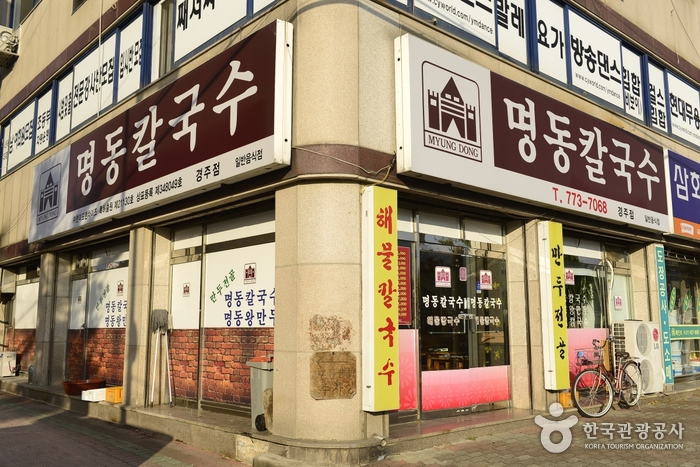
![Gyeongju Soohojeong [Korea Quality] / 경주수호정 [한국관광 품질인증]](http://tong.visitkorea.or.kr/cms/resource/11/2635611_image2_1.jpg)
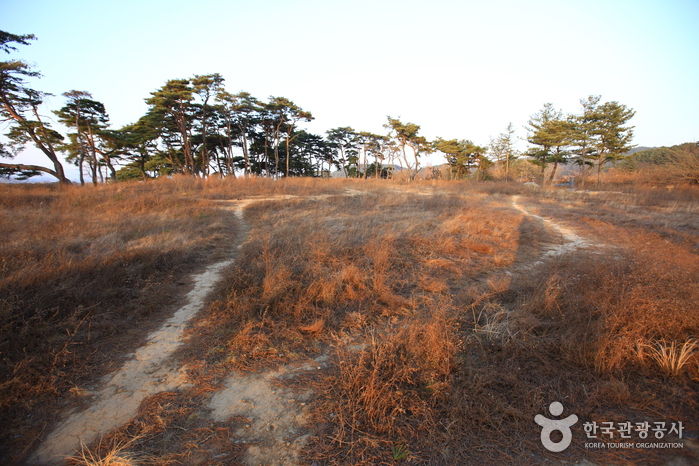
![Hwangnamguan [Korea Quality] / 주식회사 황남관 [한국관광 품질인증]](http://tong.visitkorea.or.kr/cms/resource/06/2635706_image2_1.jpg)
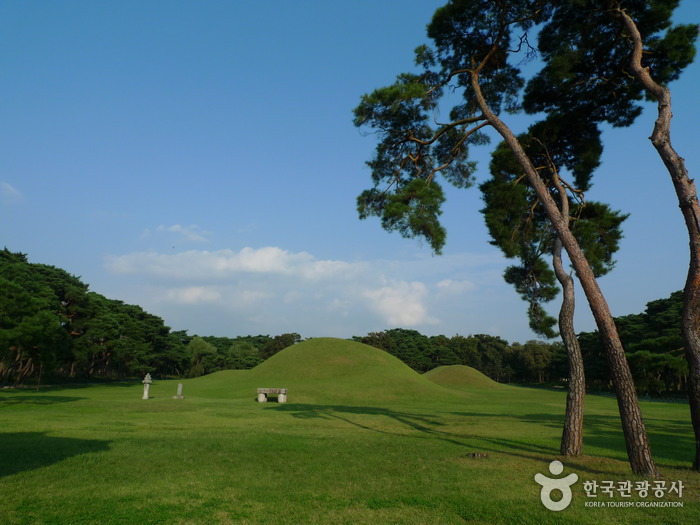
![Gyeongju Oreung Hanok [Korea Quality] / 경주오릉한옥 [한국관광 품질인증/Korea Quality]](http://tong.visitkorea.or.kr/cms/resource/35/2706135_image2_1.jpg)
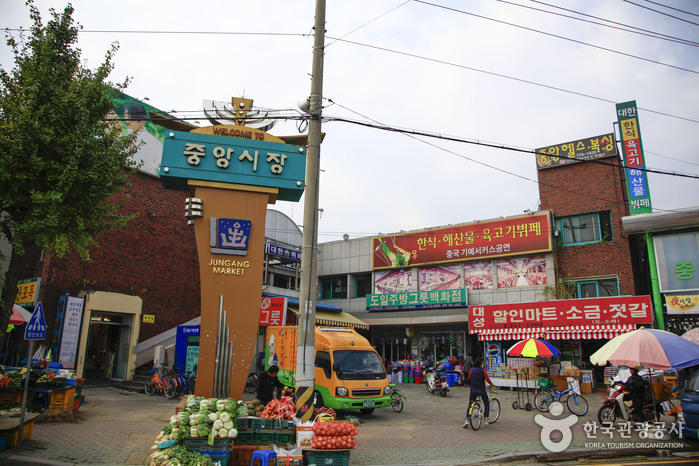
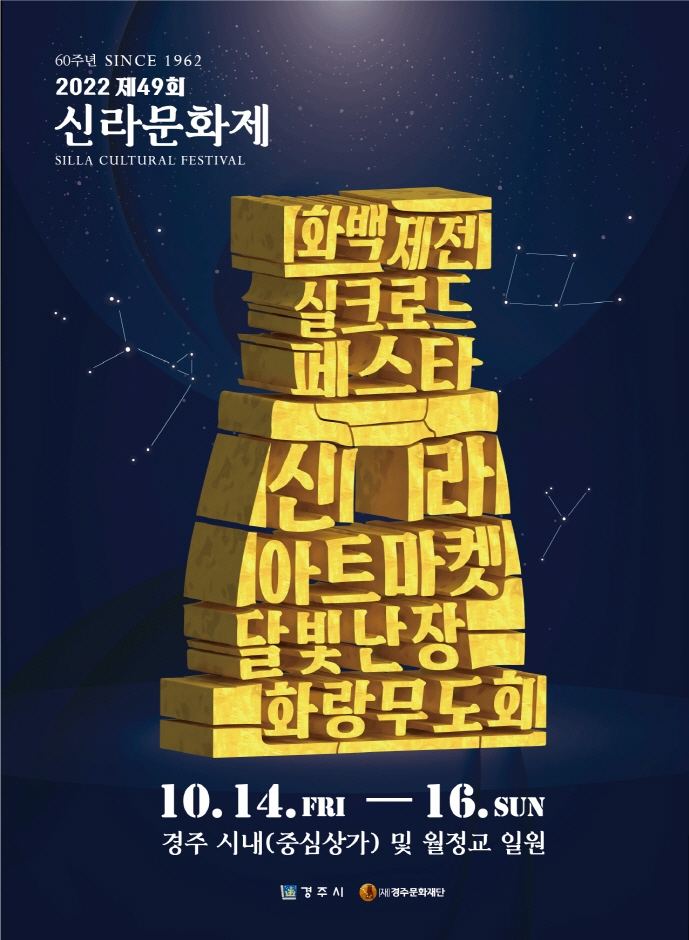
 Français
Français
 한국어
한국어 English
English 日本語
日本語 中文(简体)
中文(简体) Deutsch
Deutsch Español
Español Русский
Русский